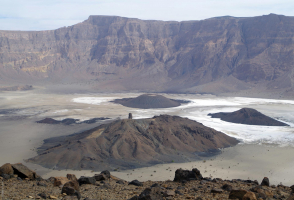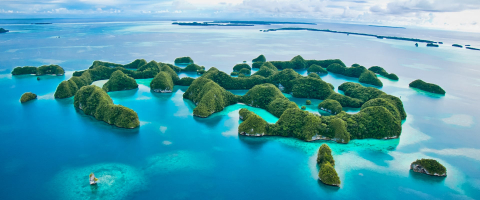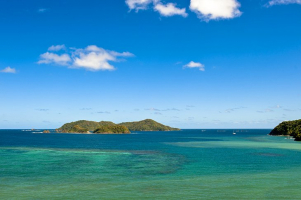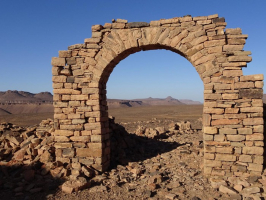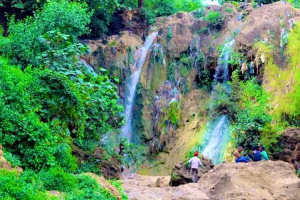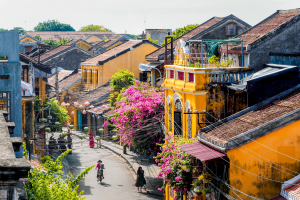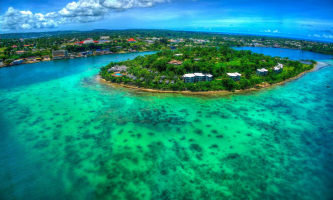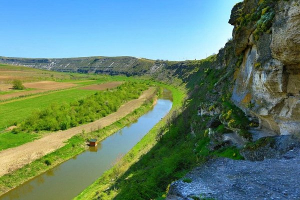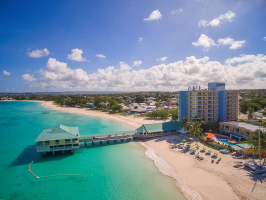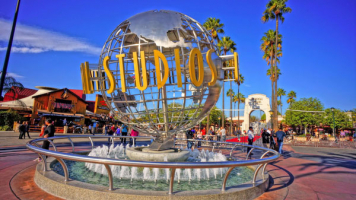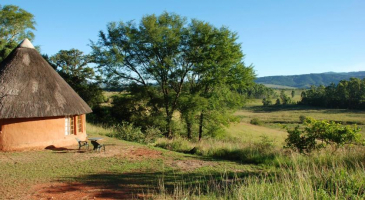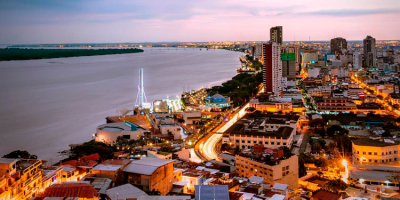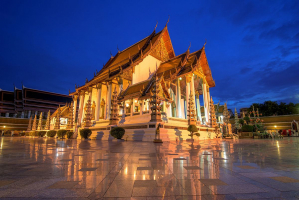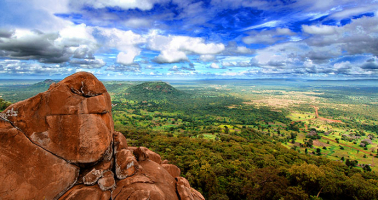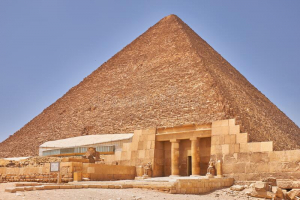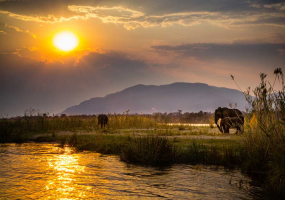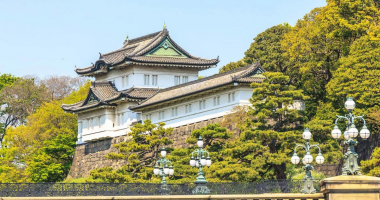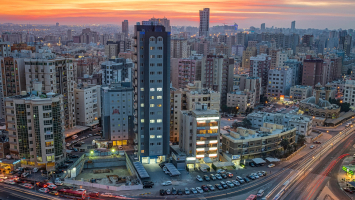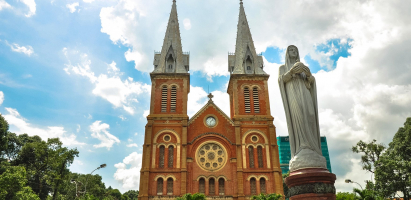Top 7 Best Tourist Attractions in Samoa
Samoa is Polynesia's pulsing heart, where old traditions meet the contemporary world. It's no surprise that Robert Louis Stevenson, author of Treasure Island, ... read more...picked Upolu as his final residence. You'll discover that modern Samoa retains the same wonderful enchantment. This is a great place for active vacations as well as relaxing beach vacations, with a variety of activities and tranquil accommodations to appeal to all types of travelers. Here are some of the Best Tourist Attractions in Samoa.
-
Arrange a visit to the spectacular Robert Louis Stevenson Museum, which is located on the site of a famous Scottish author's death five years ago in Upolo. It is one of Samoa's most popular tourist destinations. His various possessions, including the travel souvenir and library, may be seen here.
Treasure Island, Kidnapped, and The Strange Case of Dr. Jekyll and Mr. Hyde are just a few of Robert Louis Stevenson's works. He was originally from Scotland, and the Samoans knew him as the guy with great 'manas'. Because of his numerous good encounters with the local community, he became a well-known and respected person among those who knew him. At the age of 44, he died on December 3, 1894. His coworkers and subordinates buried him atop Mount Vaea (inside Vailima) at a location with a view of the sea.
The museum is well-maintained, and all of its amenities are in fine working order. The museum also offers a gift store for tourists, with a signed book at the entrance of the shop where visitors may mark where they are from and, more importantly, provide comments on their experiences with the facility.Location: Vailima, Cross Island Rd, Apia, Samoa
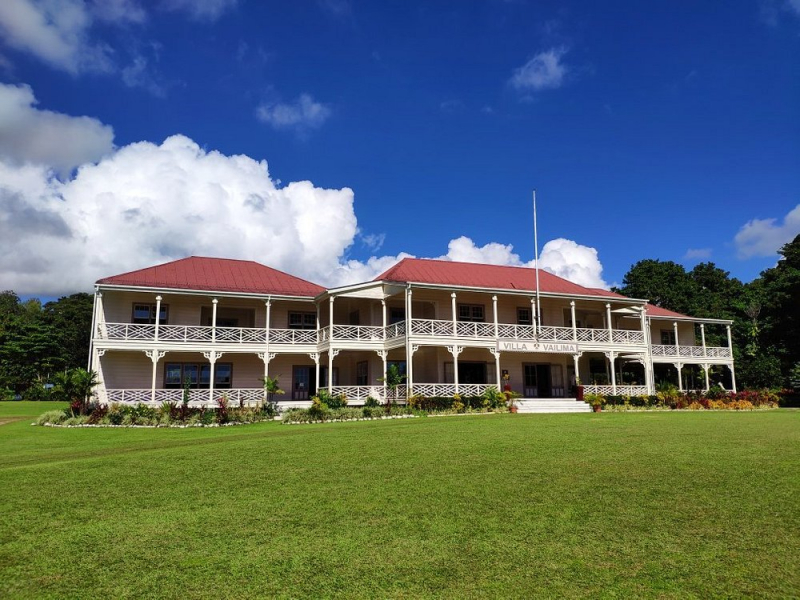
www.traveller.com.au 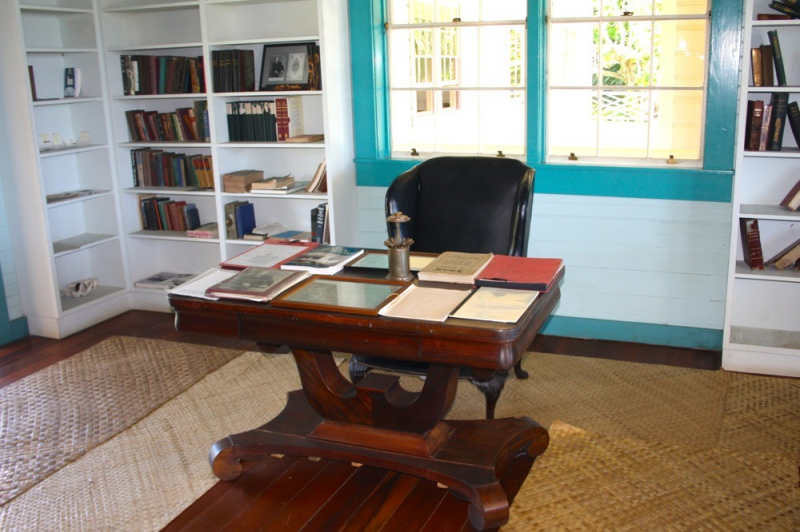
www.atlasandboots.com -
Lalomanu Beach, on the south coast of Upolu, is lined by beach fales and offers spectacular views of the tiny surrounding islands. Lalomanu Beach is an undeveloped white-sand beach surrounded by lush tropical vegetation. It's in a semi-transparent lagoon in the same-named hamlet on Upolu Island's southeast coast, about an hour from the capital, Apia. The sign at the entry states, "Come and experience heaven" for a reason: pristine sand, warm blue water, wind, and stunning panoramic views provide a relaxing beach holiday.
This is one of Samoa's most popular beaches. The coral lagoon here is part of the sea reserve, and visitors may explore the rich tropical underwater biodiversity by donning diving gear. Kayaking and swimming are two more beach activities. Near the shore, there is a hotel made up of numerous fale, or straw cottages. If you visit Lalomanu Beach, you'll have the option to explore the nearby beaches: on the north, Namua Island, where you may swim with green turtles, and on the south, Nu'utele Island, where seabirds nest. You may also go for a trip to a dormant volcano crater to witness rare flying foxes.
Location: Upolu island, Samoa.
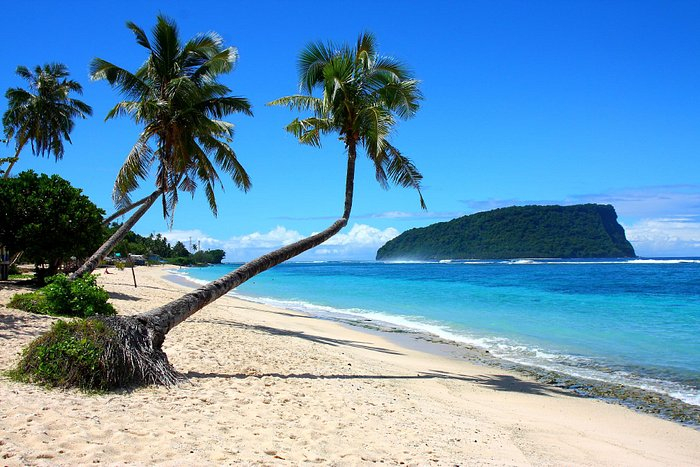
www.tripadvisor.co.uk 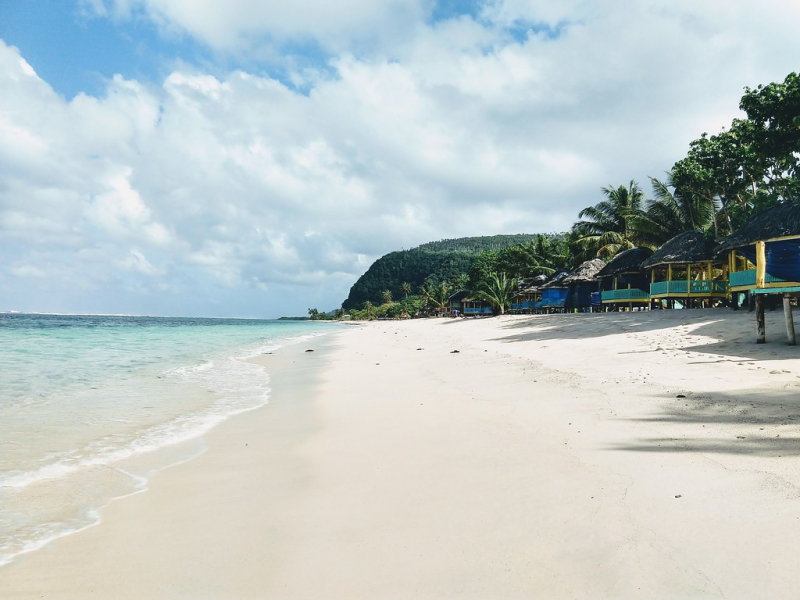
www.flickr.com -
Alofaaga Blowholes is a must-see attraction on Samoa's Savaii island. They are located near to the Taga village's outskirts. Blowholes, which are simply volcanic plug apertures that have deteriorated through time to form a tube, may be seen here. As the waves crash against the coast, the water releases and shoots hundreds of feet into the air via these amazing blowholes with incredible power, boom, and speed. When the residents of the hamlet pitch coconuts into these blowholes, the water crushes the shoreline, and the coconuts burst into the air.
The majority of land in Samoa is under customary ownership, which means it is held and controlled by indigenous tribes. As a result, the blowholes' entry is through Taga town, and tourists pay a nominal charge to see Alofaaga Blowholes. Visitors may be tempted to take a step back from the rushing water, but the residents have no such reservations. Locals toss coconuts into the vent immediately before the major blow for a modest charge. The nuts fly even higher than the water jet, reaching heights of up to 100 feet. Come at high tide for the finest display.
Location: Taga Salega, Samoa
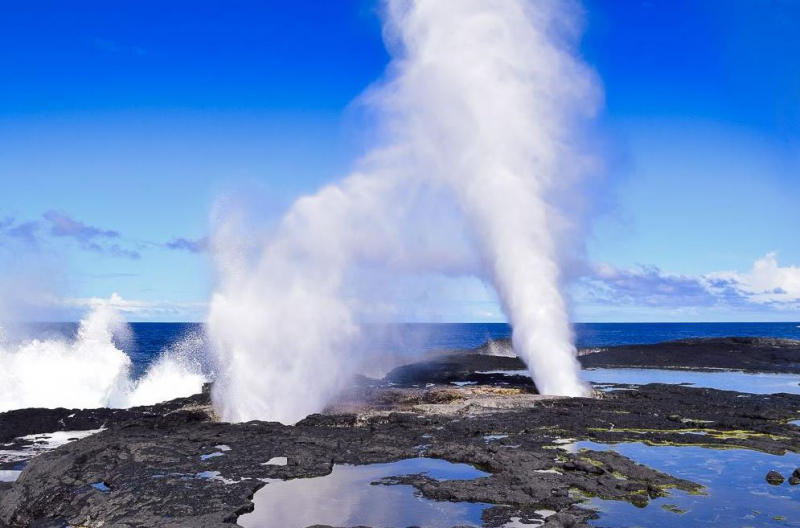
www.aboutfijitravel.com 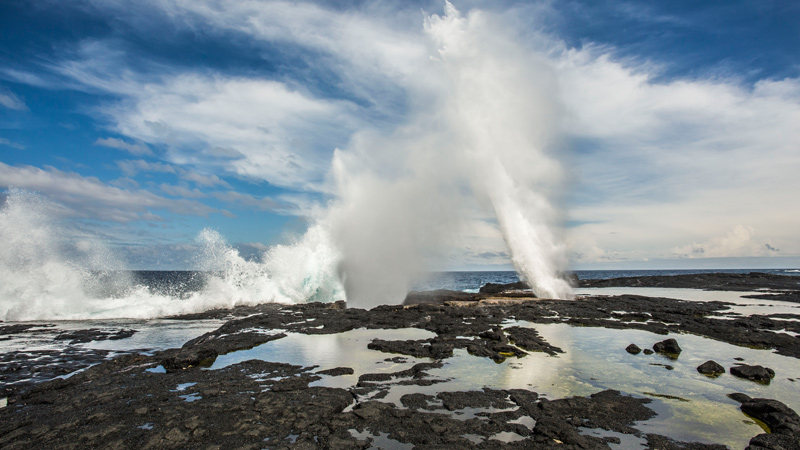
www.freepik.com -
Fa'a Samoa plays an important part in the village and communal life in Samoa, which is a traditional Polynesian civilization. The Samoans are proud of their powerful Fa'a Samoa, which translates to "the Samoan Way." It is the foundation of Samoan culture, dictating how Samoans should act and their responsibilities to their elders, superiors, families, communities, churches, and the environment.
In Samoa, there are around 362 nu'u or communities, totaling 1,800 matais (chiefs). Every village has churches of all kinds, as well as meeting buildings and open fales or cottages ringing the malae or village green. Fa'a Samoa places a high emphasis on greeting tourists, with Samoans serving as welcome hosts. Samoans, on the other hand, want their visitors to follow and respect local customs.Despite the fact that this village is available every day of the week, the interactive meeting is unquestionably a must. With workshops on weaving, wood engraving, siapo fabric production, traditional tatau, dance, and music, well-educated and highly friendly hosts accompany tourists through all aspects of Samoan cultural and traditional life. Tourists can also participate in a 'ava(kava) rite and have lunch at the umu (hot-stone oven). Behind the Samoa Tourism Authority's information fale, the village is concealed.
Location: Beach Rd, Apia, Samoa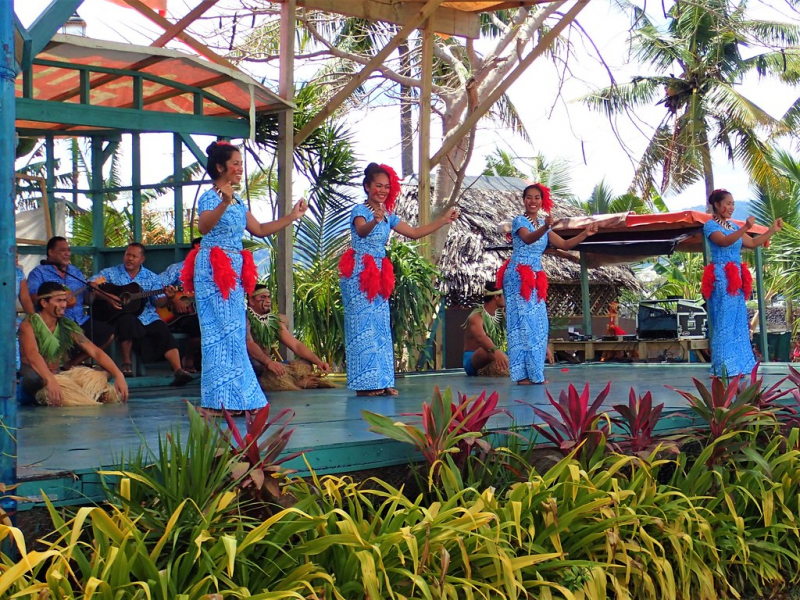
www.flickr.com 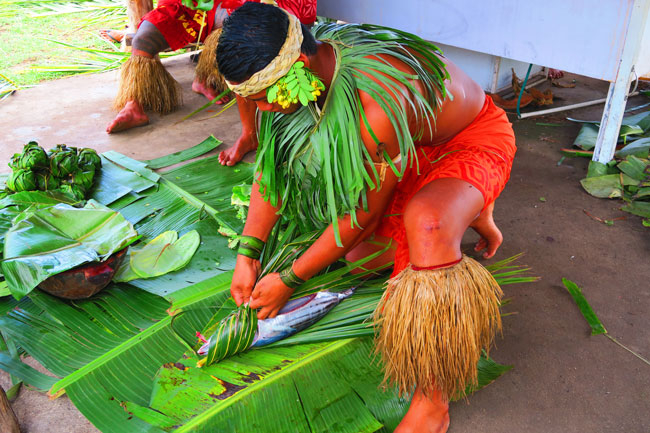
www.xdaysiny.com -
Palolo Deep is a protected marine reserve on the island of Upolu, close outside Apia. The earth dips away as you swim across the shallow reef, forming a natural aquarium. This underwater paradise is surrounded by walls of vibrantly colored coral, which is home to a diverse range of marine life, including sea turtles, reef sharks, and an abundance of tropical fish.
Snorkeling, scuba diving, and free diving are the primary draws in Palolo Deep. Spot the rare clown triggerfish or float over the stunning coral carpets. The neighboring reefs form blue lagoons that are ideal for diving. When you're done, return to the food hut for a well-deserved smoothie, or bring a picnic to eat in the reserve gardens!
Make your visit around high tide, when there is more room to maneuver around the reef without injuring it. The reserve is open from 8 a.m. to 6 p.m. every day. It's just for experienced swimmers because the drop-off is around 100 meters from the shore. Closer to the beach, the coral has been damaged by the 2009 tsunami and storms, yet it is still eerily beautiful.
Location: Beach Rd, Apia, Samoa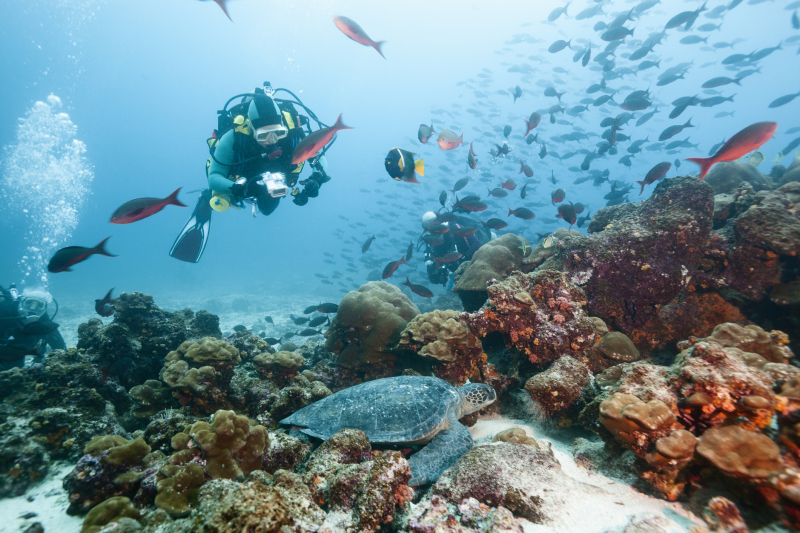
www.theculturetrip.com 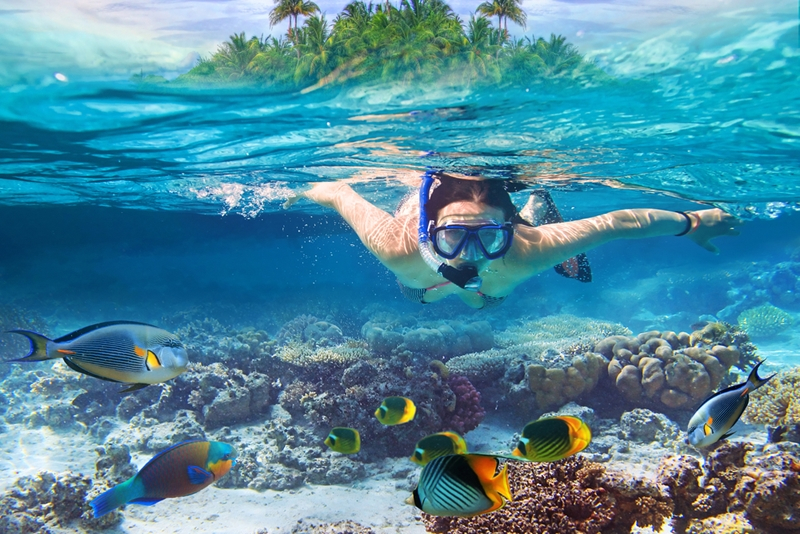
www.hootholidays.com -
The western section of the Samoan Islands, which soothe the South Pacific Ocean with their calming and majestic beauty, make up Samoa. The vast pulchritude of natural rainforests is likewise a national asset. The tropical climate nurtures these rainforests, and the abundant soils never deprive them of diverse and beautiful flora. Geckos, seabirds, flying foxes, and skinks are among the wild and untamed species and birds that may be found in these jungles.
The Falealupo Rainforest Preserve was formed by the government to protect these jungles. This preserve grows and flourishes in Savaii's northwestern corner. The main feature of this park is the treetop canopy path, which nicely links the grandeur and abundance of banyan trees. This canopy reaches a height of 40 meters above the ground. Many people may find walking on the canopy to be awkward, but it's worth it to obtain stunning views of the preserve from above. Visit enthralling, flourishing greenery and a diverse range of fauna. The spectacular treetop canopy promenade that connects many of the jungle's banyan trees is the main attraction in this protected rainforest.
Location: Savaii, Samoa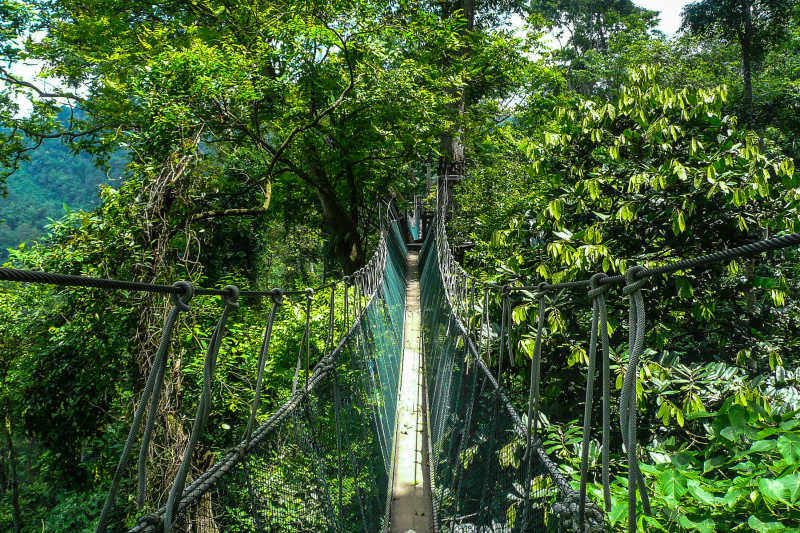
www.franks-travelbox.com 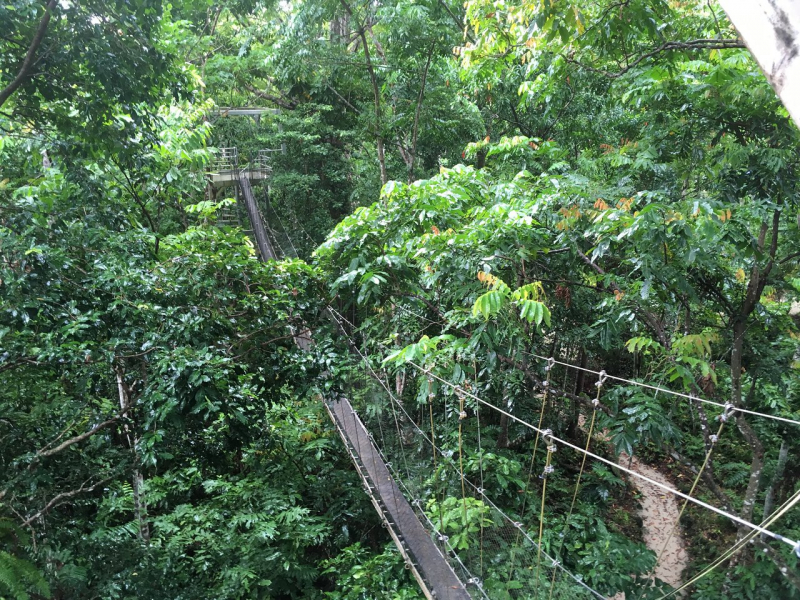
www.tripadvisor.com -
To Sua Swimming Trench is one of a kind historical landmark in the town of Lotofaga on the coastline side of Upolu. To Sua roughly translates to "huge swimming hole," and it is 30 meters deep and accessible through a long staircase with a large platform for easy entry into the pool. A cave within connects to the open sea and is only suggested for experienced divers. It is surrounded by lovely native gardens and has a breathtaking outlook, making it ideal for weddings, photoshoots, and other events. A little beach is known as Fagaoneone, which means "white sand," overlooks the ocean, while a lava field with blowholes, micro pools, and fine fishing areas can be found on the opposite side.To Sua Swimming Trench is also a must-see attraction for anybody visiting Samoa on vacation. Many of the natural attractions in Samoa are run by local families and/or villages, so there is a cost to enter. There are several nearby lodging alternatives, including fales (single/double), toilets and showers, as well as a small shop selling chips and beverages.
Location: Apia, Samoa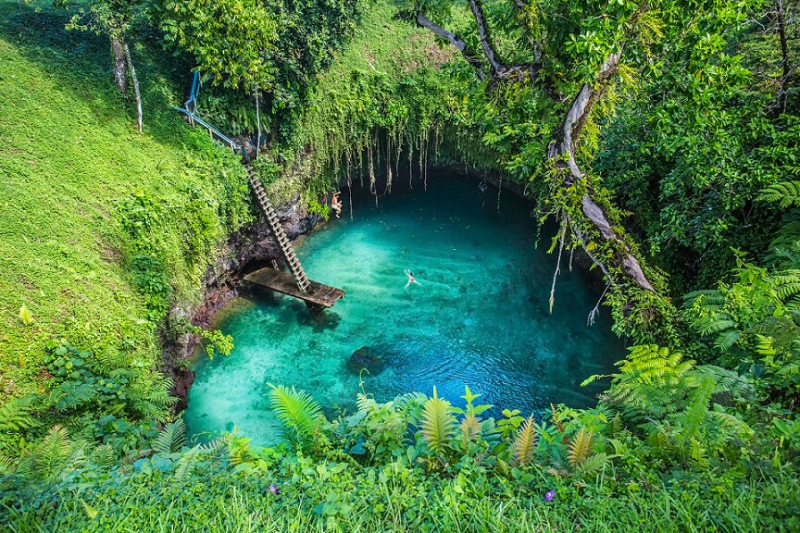
www.vacationstravel.com 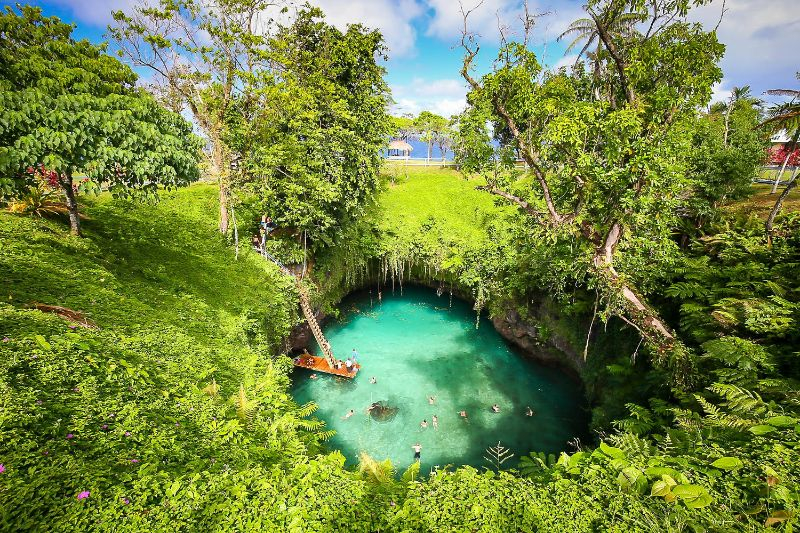
www.awe-inspiringplaces.com









